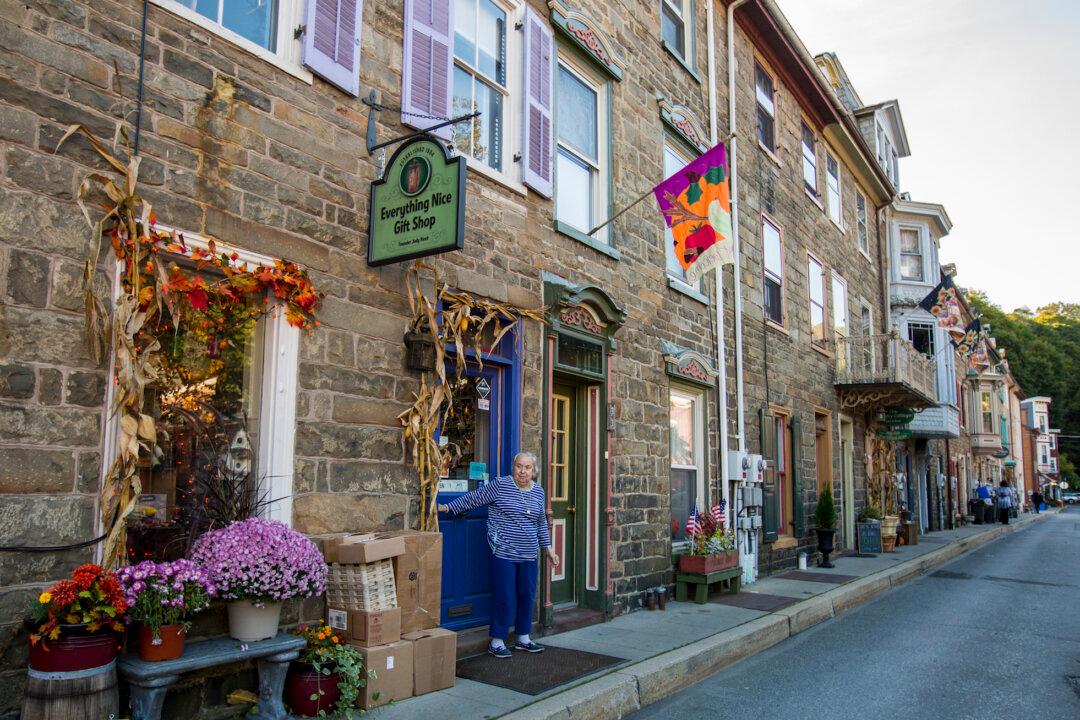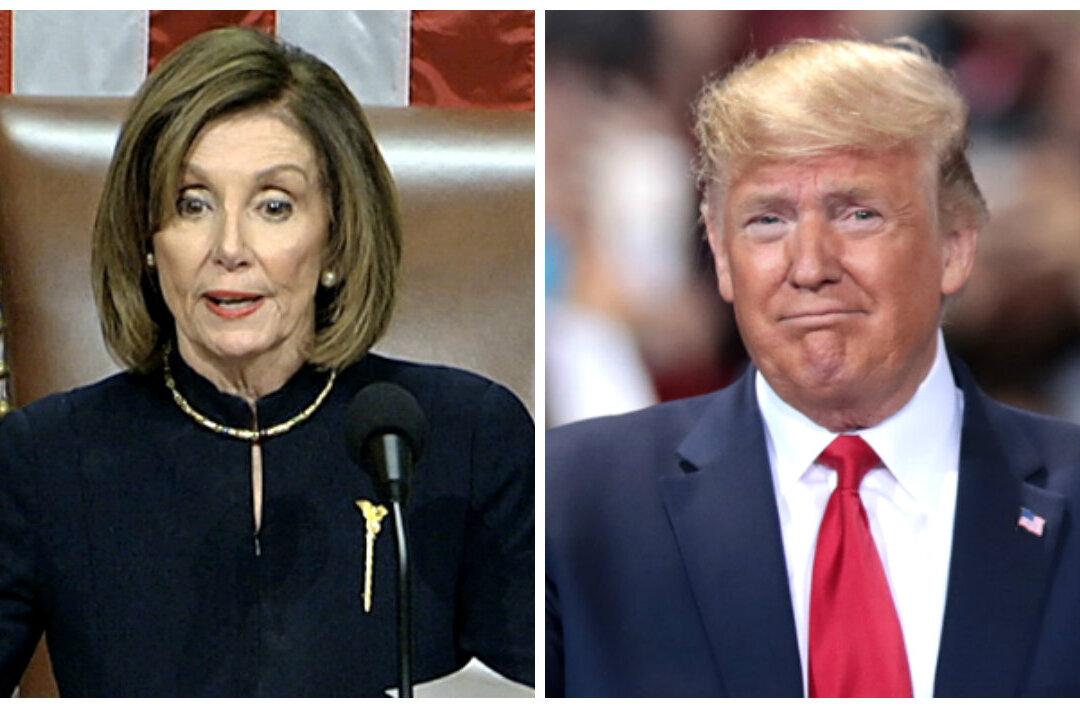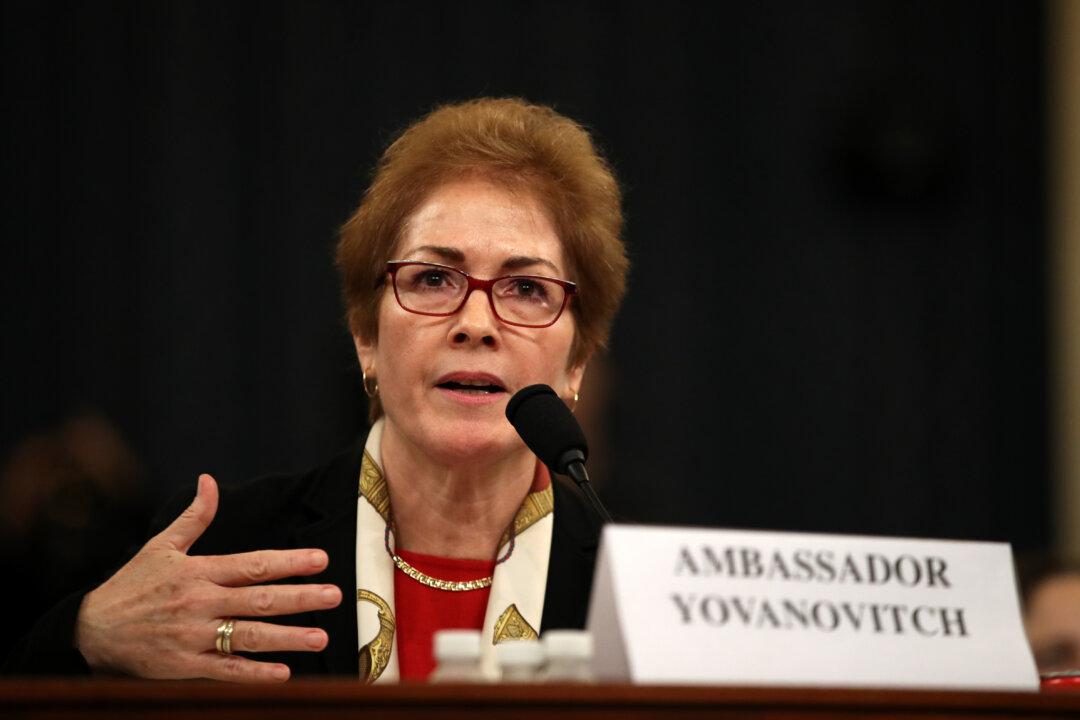WASHINGTON—Small businesses make up 99.9 percent of U.S. businesses and employ almost half of all U.S. workers. But they’re struggling to compete with their bigger counterparts—for sales, jobs, and real estate.
Nine years ago, Small Business Saturday was created to promote small, mostly local, businesses that don’t get the attention big box stores do on Black Friday, the day after Thanksgiving when many stores offer double-digit discounts.





